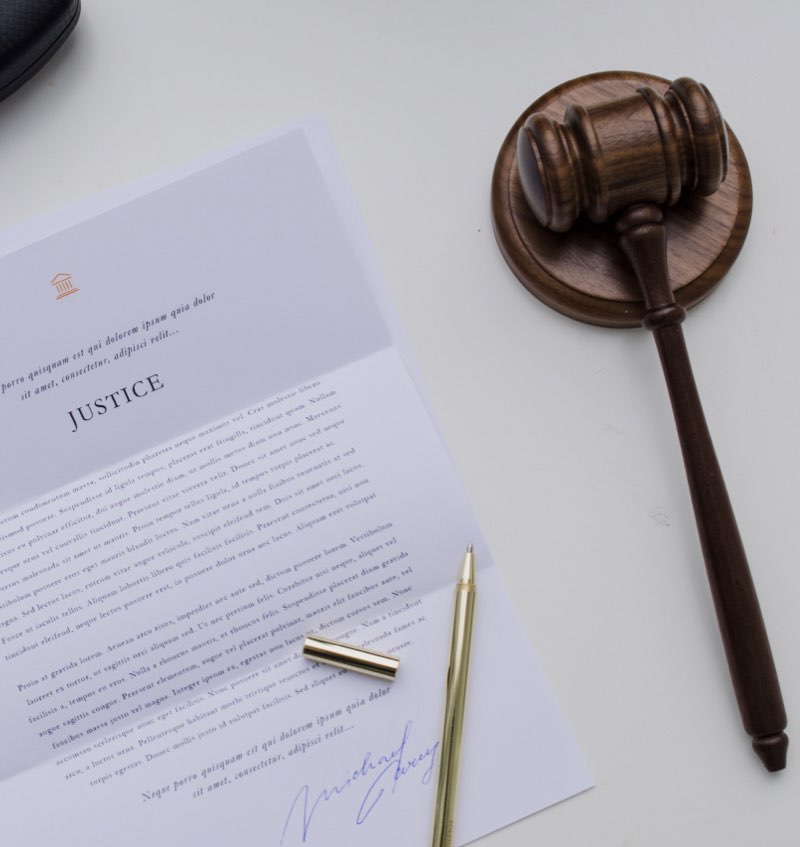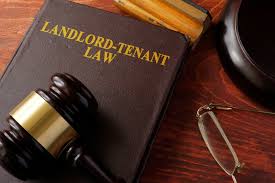Toxic Contamination – Mold, Asbestos, Lead Poisoning
For a California rental unit to be considered legally habitable, it must have functioning utilities, water, heating, and be structurally sound. Matters like mold, infestations, or safety issues must be fixed by the landlord.

WHAT HAPPENS IF MY APARTMENT HAS TOXIC MOLD?

If a rental property experiences extensive mold growth due to water leaks or moisture issues, rendering it unsafe and uninhabitable, the landlord would be responsible for providing temporary housing for the tenants until the mold remediation and repairs are completed.
WHAT DO I NEED TO KNOW ABOUT TOXIC MOLD AND MY LANDLORD?
Landlords are required by law to provide proper living conditions for their tenants, free from health or safety hazards, often referred to as an “implied warranty of habitability.” The standard for habitability is generally defined as the minimum required by your local jurisdiction’s building code, which addresses the health and safety concerns of tenants. While certain minor problems such as leaky faucets are not considered crucial to habitability, toxic mold certainly is.

UNSAFE LIVING CONDITIONS?

Depending on the severity of the repair issues, a tenant may have claims against a landlord that can be litigated in Superior Court. For major, ongoing violations, such as infestation of bed bugs, cockroaches, no heat, mold, sewage and roof leaks, rodents, holes in walls, security lapses, and electrical and plumbing issues, an attorney may take a case on contingency. When a case is taken on contingency, the client does not pay until money is recovered. Damages in an affirmative lawsuit can include return of rent paid, payment for emotional suffering, and damages for physical harm.

